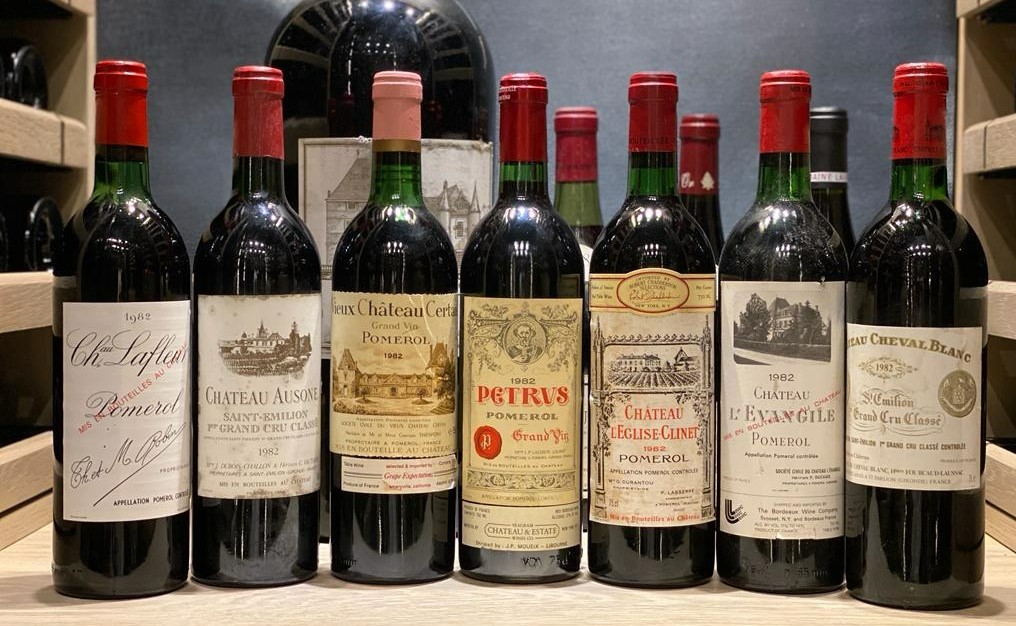February 12, 2024
Cabernet Sauvignon vs. Merlot: A Comparison

Cabernet Sauvignon and Merlot are two of the world's most popular red wine grapes, often compared due to their prominence and similar origins. Despite their shared Bordeaux roots, these varietals offer distinct profiles and experiences for wine enthusiasts.
Origins and Growth Regions
Cabernet Sauvignon and Merlot both hail from Bordeaux, France, where they are key components in the region’s famous blends. However, their cultivation has spread globally, thriving in regions such as California's Napa Valley, Chile's Central Valley, and Australia’s Coonawarra.
Flavor Profiles
Cabernet Sauvignon is renowned for its bold, full-bodied character. It typically exhibits dark fruit flavors like blackcurrant, blackberry, and plum, often complemented by notes of green pepper, mint, and tobacco. The wine’s high tannin content and pronounced acidity make it robust and structured, often benefiting from aging, which can introduce layers of complexity including cedar, leather, and earthy nuances.
Merlot, on the other hand, is known for its softer, more approachable profile. It features red fruit flavors such as cherry, raspberry, and strawberry, alongside hints of chocolate, bay leaf, and black tea. Merlot’s lower tannin levels and smoother texture make it a versatile wine that can be enjoyed both young and aged. Over time, it can develop rich, velvety notes, adding depth to its fruit-forward character.
Winemaking and Aging
Cabernet Sauvignon often undergoes extended maceration to extract maximum tannins and color from the grape skins. It is frequently aged in oak barrels, which impart flavours of vanilla, spice, and toast. This ageing process not only enhances the wine’s complexity but also helps to soften its tannins, making it more palatable over time.
Merlot is typically vinified with a focus on preserving its fruitiness and smoothness. While it can also be aged in oak, winemakers often opt for shorter ageing periods to maintain its supple texture and vibrant flavours. The result is a wine that is ready to drink sooner than its Cabernet counterpart, though high-quality Merlots can also benefit from ageing.
Food Pairing
Cabernet Sauvignon pairs well with hearty dishes that match its intensity. Think of grilled steaks, lamb chops, and rich stews. Its tannic structure helps to cut through the fat and protein, providing a balanced dining experience. It also pairs well with aged cheeses and dark chocolate.
Merlot’s softer profile makes it a versatile companion for a wide range of foods. It complements roasted poultry, pork, and lighter red meats beautifully. Additionally, Merlot’s fruitiness pairs well with tomato-based dishes, making it an excellent choice for pasta and pizza. For cheese pairings, it goes well with milder, creamy varieties.
Popular Blends
In Bordeaux, Cabernet Sauvignon and Merlot are often blended together to create some of the world’s most prestigious wines. Cabernet Sauvignon provides structure and longevity, while Merlot adds softness and approachability. This blend balances the best attributes of both varietals, resulting in wines with complexity, depth, and a harmonious profile.
Conclusion
Ultimately, the choice between Cabernet Sauvignon and Merlot comes down to personal preference. If you enjoy bold, structured wines with a high tannin content, Cabernet Sauvignon might be your go-to. If you prefer softer, fruit-forward wines with a smooth texture, Merlot is likely to be more appealing. Both varietals offer unique and delightful experiences, making them essential components of any wine lover’s collection.
Newslettes Sign Up
Do you like collecting fine wine?
Then stay ahead of the curve. Our newsletter delivers the latest releases, trends, and special offers in the world of fine wine.
Latest releases | Trends & insights | Exclusive deals
